History of Med- Primary Sources Starred only
1/31
Earn XP
Description and Tags
most likely these sources
Name | Mastery | Learn | Test | Matching | Spaced |
|---|
No study sessions yet.
32 Terms
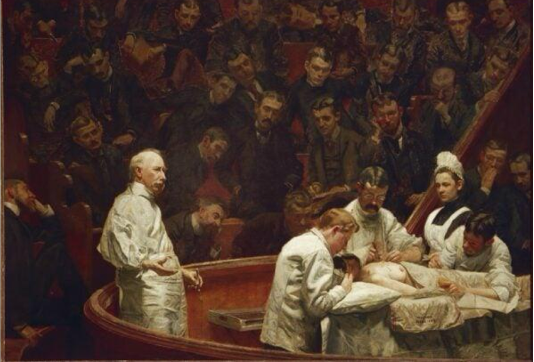
Explain the context:
"The Agnew Clinic"
Who:
When:
Where:
Type of Source:
What was going on at the time:
Who: Thomas Eakins (artist)
When: 1889
Where: A University Lecture Hall
Type of Source: Oil painting - historical medical painting
What was going on at the time: This was a time of transition from premodern to modern medicine, characterized by embracing scientific methods, formal training for doctors, and hospital-based clinical instruction. Surgical practices were taught with audiences present.

Explain the literal meaning:
depicts Dr. Agnew performing surgery in front of an audience at a university.
The light is focused on the operation- spotlight signifies importance.
The students observing are all male, white, and dressed nicely (upper class).
The only female present is a nurse.
Dr. Agnew's stance, attire, and body language suggest he is powerful, clean, and respected. (heirarchy).
The body is exposed, indicating an impersonal treatment for learning purposes.
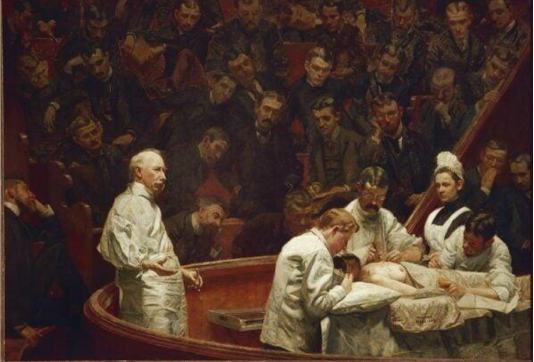
Explain the significance:
reflects a time of transition in medicine.
highlights the emerging scientific methods and formal medical training.
illustrates the gender roles of the time,
women as caregivers, men as hands-on, decision-makers.
The exposed body shows a shift towards a more impersonal, scientific approach to medicine in educational setting
composition also subtly reveals the social stratification of the time through the depiction of the students.
all students eager to see the surgery demonstrates the evolution of surgery as an essential component of medical education (importance of demonstrations in teaching practices)
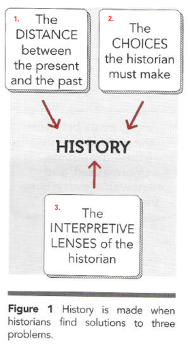
(not primary source, just important image)
Explain what is meant by:
distance
choice
interpretive lense
distance: ex. May find something cruel that was once thought to be funny
choices: ex. Where we focus research temporally and spatially (what questions will I ask)
interpretive lenses: ex focus on political history, gender history, etc
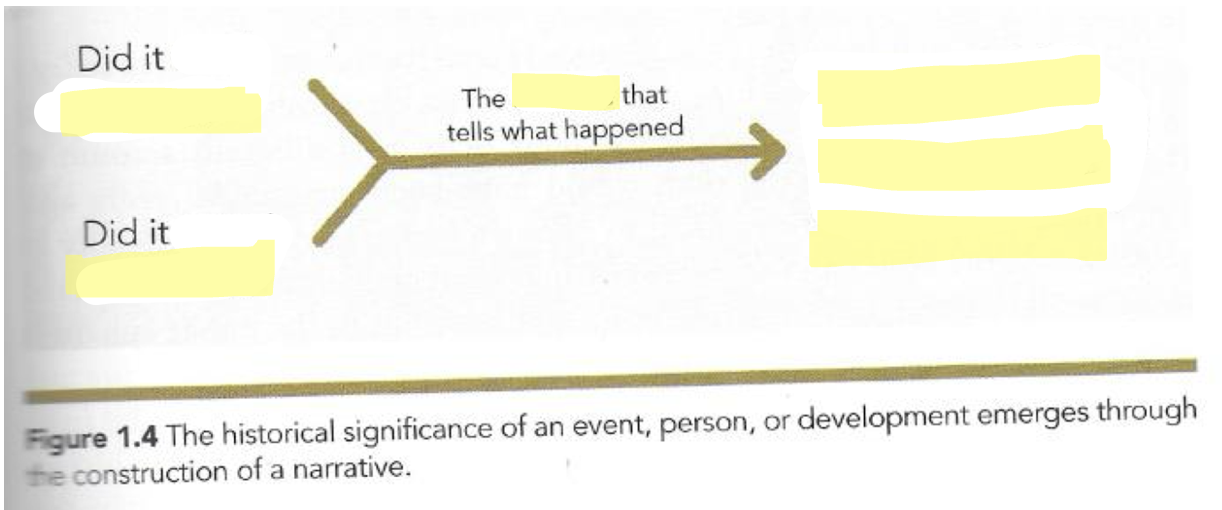
not primary source but likely to come up
Fill in the blank
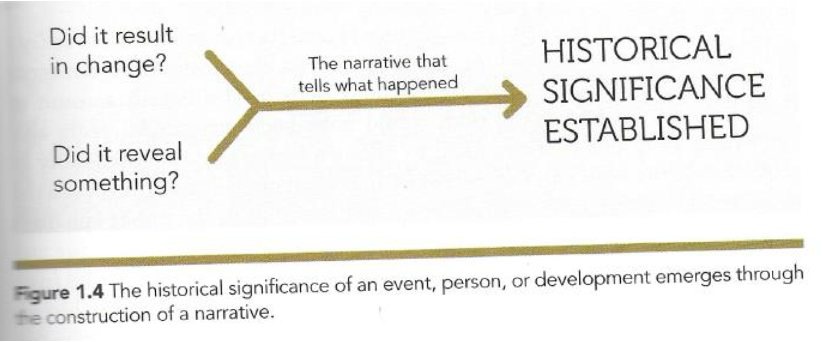
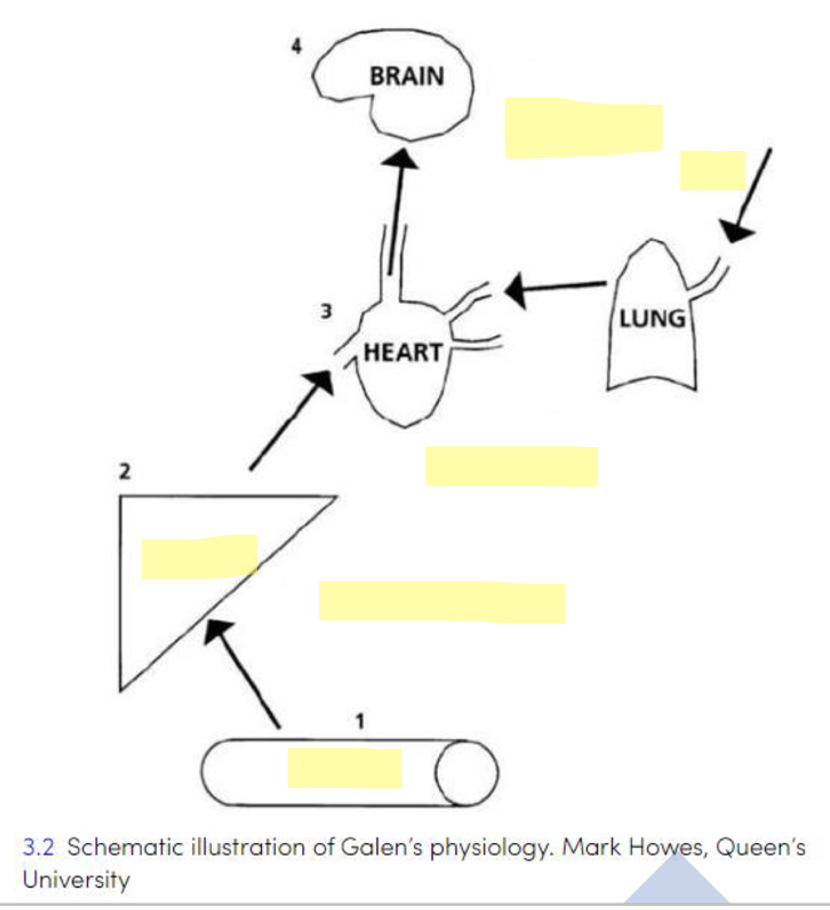
not primary source but likely to come up
Fill in the blank
according to Galen, food absorbed, transported to liver... transformed with natural spirit (liver referred to as seed of life)
food goes to liver and transforms to blood... goes to lung where it is filled with "vital spirit" (air)
then blood flows outward to arteries and veins, to all organs including brain
at brain it has animal spirit- a source of motion
health depends on balance of humour and how strong is life forces.... animal spirit and vital spirit.

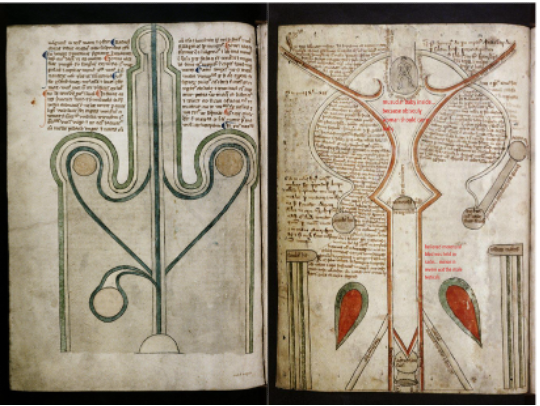
Explain the context:
Who:
When:
Where:
Type of Source:
What was going on at the time:
Who: The ideas presented came from Aristotle, who believed men and women were the same sex, but women were "less developed". The manuscript is housed in the Oxford Library.
When: 1250-1310 (mid 13th to early 14th century)
Where: Oxford England Likely Western Europe, within the Roman world's influence.
Type of Source: Manuscript - medical anatomical
What was going on at the time:
Medieval warm period (surge in harvest, population)
This period represents Christian medicine and its understanding of anatomy, heavily influenced by classical ideas, but with limited empirical research due to a lack of dissection.

Explain the literal meaning:
diagram of male anatomy on the left
female anatomy on the right.
female anatomy is displayed as an inverted male, suggesting a "one-sex model."
A muscular baby is depicted inside the female diagram.
The vaginal canal is shown as an inverted penal shaft.
menstrual blood drawn in sacs
Mirror images of each other
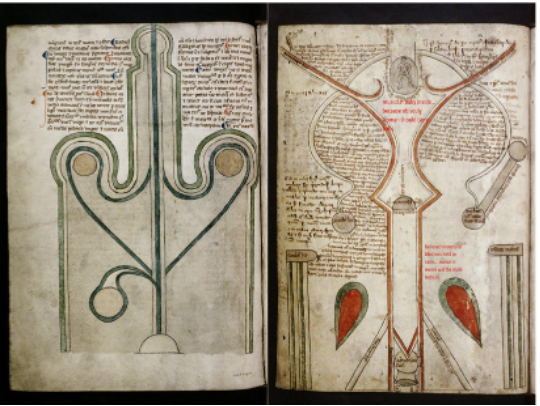
Explain the significance:
reveals the ideas of Christian medicine & lack of research in female anatomy during this period.
exemplifies the "one-sex model" (we are all men at different stages of development)
Humoural theory: women are colder, genitalia need to be inside
They “didn’t cook” long enough (women wet and cold, men dry and warm)
Considered underdeveloped men
drawings not based on dissection, indicating limitations in medical knowledge and educational practices.
demonstrates the belief that women were inferior and needed care.
inclusion of the baby reinforces the expectation of women carrying children.
These ideas contributed to gender bias in biology, medicine, and society, with lasting social and cultural effects, including restrictions on women's rights.
The belief that male semen was "pure" and menstrual blood "impure" further reinforced these biases.
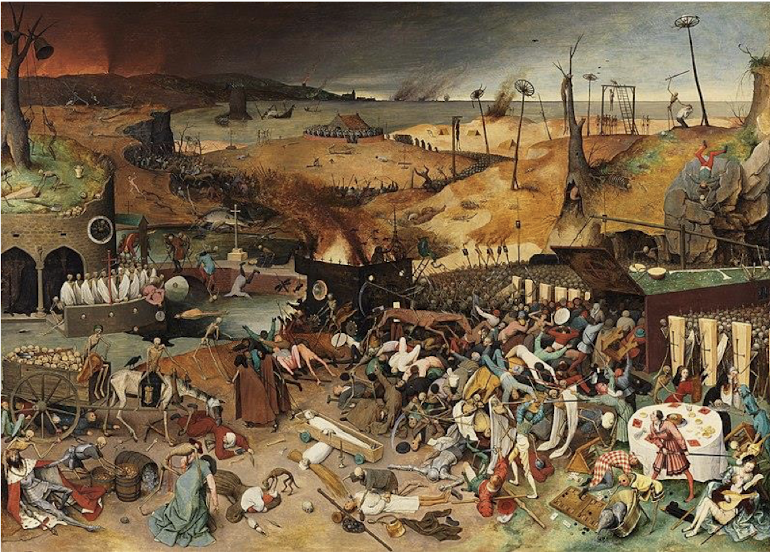
Context:
The Triumph of Death
Who:
When:
Where:
Type of Source:
What was going on at the time:
Who: Pieter Bruegel the Elder
When: 1562
Where: ?
Type of Source: painting
What was going on at the time: Plague, widespread death taking on humanity
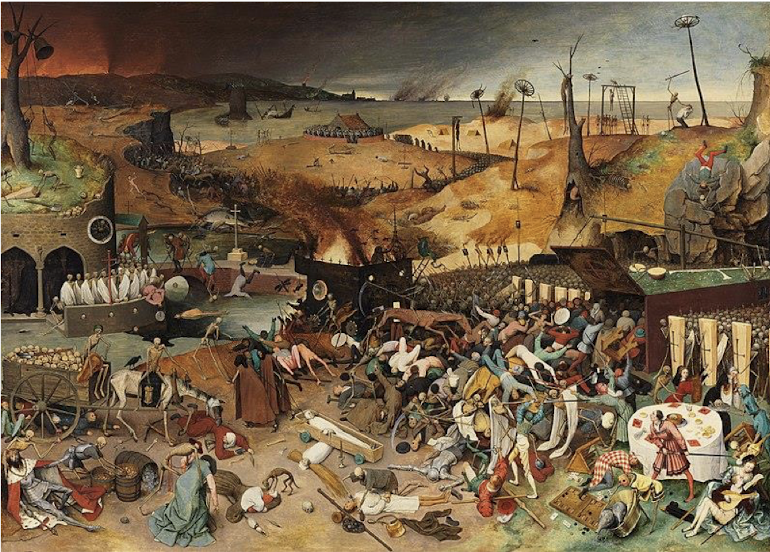
Literal Meaning:
woman holding spindle while dying
skeletons everywhere
dog eating baby in dying woman’s arms
skeleton stealing belongings (hats)
king dying, skeleton holding up hourglass
dead bodies everywhere
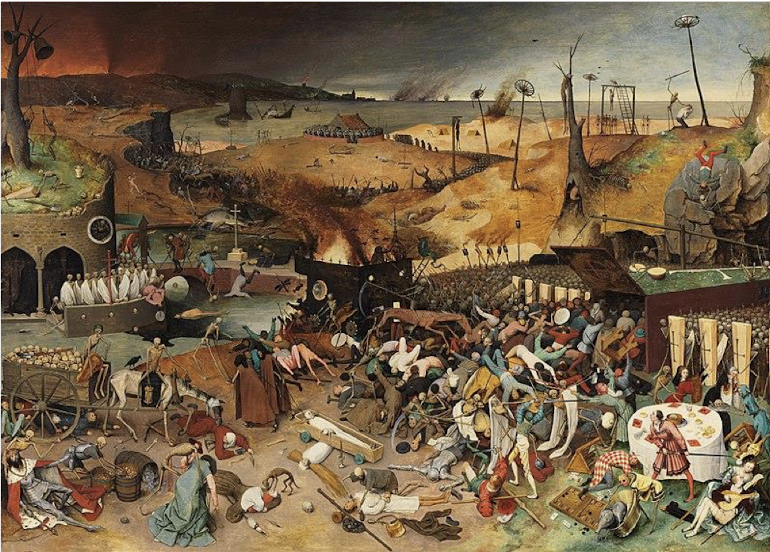
Significance:
fragility of life and the inevitability of death. spread of disease
Death is an unstoppable force, sweeping away all in its path.
skeletons represent death → The Dance of Death
hourglass= time is running out
ultimate defeat of life.
skeletons razes the Earth, scorch the land, pollutes, and deforests.
barren landscape with warm tones → hellish atmosphere.
People react in different ways to Death, some fighting to survive, others resigned or frightened.
skeleton of death leads his armies on a red horse (hell)
woman still holding spindle, shows what was expected of women at the time
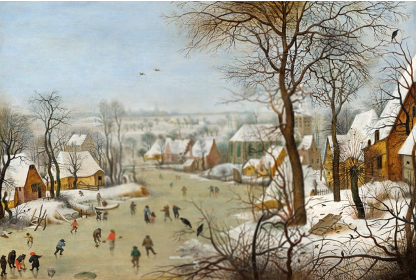
Context:
“a winter landscape with Bird Trap”
Who:
When:
Where:
Type of Source:
What was going on at the time:
Who: Peter Brueghel the Elder (artist)
When: 1565
Where: Europe - Hadsburg Netherlands
Type of Source: Painting
What was going on at the time: the little ice age → period of colder temperatures, harsher winters, impacted agriculture and social life
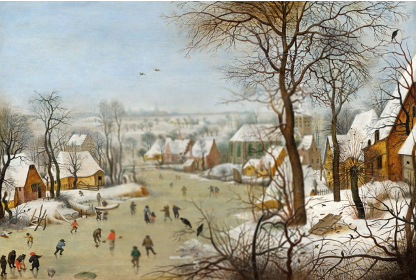
Explain the literal meaning:
ice skating, playing games, on frozen water
snow, bare trees.
There is a bird trap (wooden structure) on the right.
The people are wearing winter clothing.
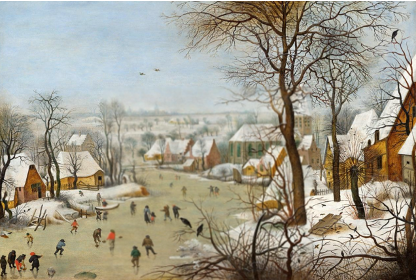
Explain the significance:
reflects cultural, climatic, and social context of "the little ice age"
shows how rural life adapted to cold temperatures and harsh winters for recreation
seemingly positive picture…
The bird trap = subtle reminder of danger and fate (even in a seemingly peaceful scene)
highlights the challenges (famine & disease) during/for years after this period.
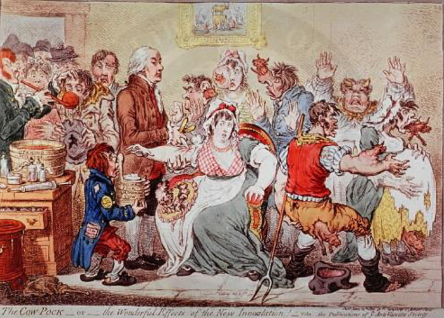
Context:
Who:
When:
Where:
Type of Source:
What was going on at the time:
Who: James Gillray (artist)
When: 1802
Where: England
Type of Source: Painting - antivax propaganda (political cartoon)
What was going on at the time:
Edward Jenner recently introduced smallpox vaccine,
faced public resistance, skepticism, and misinformation
This period represents a clash between emerging medical science and popular belief systems at the end of the Enlightenment.
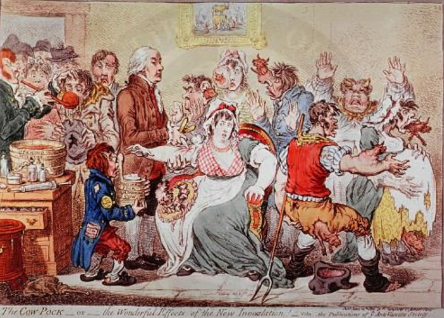
Explain the literal meaning:
people with mutations
turning into monsters with cow parts (horns, snouts, etc.).
A dairymaid is in the middle
a man (likely Edward Jenner) distributing vaccines.
painting in the background shows the golden bot statue
People with shovels
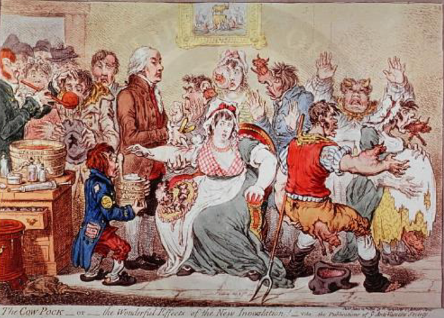
Explain the significance:
attempt to induce public fear, skepticism towards smallpox vaccine
represents public resistance to medical innovation
pseudoscientific fears vaccines
painting symbolizes a clash between emerging medical science and traditional beliefs,
some placed their hope in divine intervention ("golden bot statue") rather than scientific advancements.
It highlights the use of propaganda to spread misinformation.
similar to COVID-19… anti vax is not new!
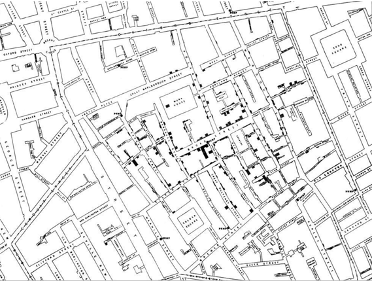
Context:
Who:
When:
Where:
Type of Source:
What was going on at the time:
Who: John Snow (physician)
When: Mid-1800s
Where: Soho, London
Type of Source: Map
What was going on at the time:
Cholera outbreaks = major public health concern
The prevailing miasma theory suggested that disease came from bad smells/air
debate about the causes of disease
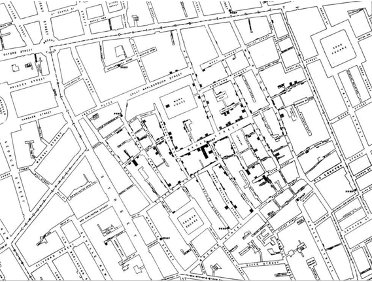
Explain the literal meaning:
map (Soho area of London) shows
streets
buildings
water pumps
Black squares on the map indicate tracked cases of cholera.

Explain the significance:
first use of data visualization and disease mapping for public health
plotting cholera cases (traced to the Broad Street pump)
disproved the idea that poverty = disease
that anyone using the contaminated pump could get sick regardless of their status.
evidence went against miasma theory
suggesting that cholera was waterborne.
led to the first water boil advisory
kickstarted urban sanitization and public health efforts
demonstrates power of scientific communication and advocacy
challenging established beliefs, even when facing resistance from authorities.
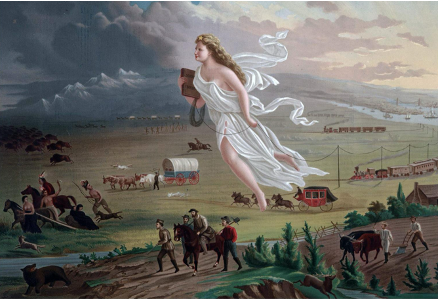
Context:
Who:
When:
Where:
Type of Source:
What was going on at the time:
Who: ?
When: 1873.
Where: Likely the United States.
Type of Source: Painting.
What was going on at the time:
period of westward expansion in the United States
driven by the ideology of Manifest Destiny
belief that the expansion of the US across continents = justified & inevitable
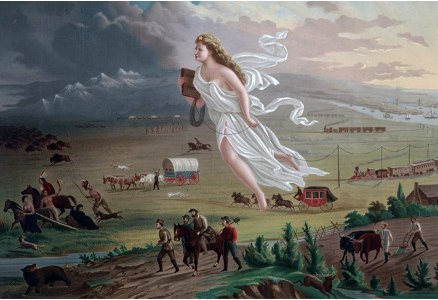
Explain the literal meaning:
Indigenous people on the left chased out towards the west
An angelic-looking, able-bodied white woman dressed in white
moving towards the west
carrying a bible
accompanied by symbols of progress (power lines, trains)
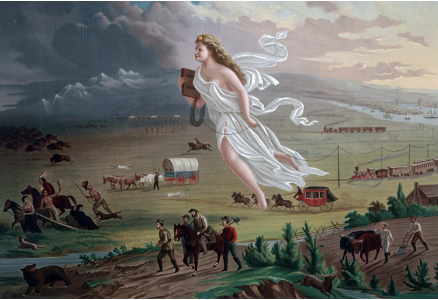
Explain the significance:
exceptionalist mentalities
belief in a god-given right to take over and cultivate land
white woman symbolizes destiny, bringing Western ideas, "brightness and light," to the land.
ideology that white people needed to come and make change
justifying displacement & oppression of Indigenous populations.
reminder of crimes committed during the nation-state building process in countries like Canada and the US.
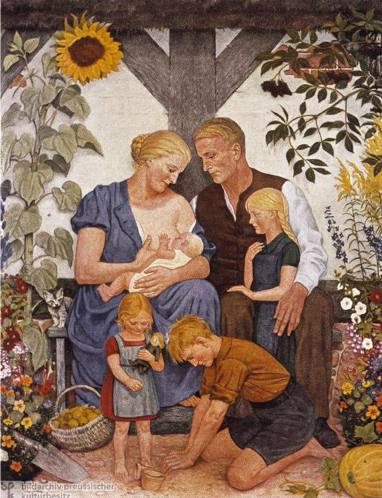
Context:
Who:
When:
Where:
Type of Source:
What was going on at the time:
Who: Wolfgang Willrich (artist).
When: 1938.
Where: Nazi Germany.
Type of Source: Painting - propaganda image.
What was going on at the time:
during the Nazi regime
promoted idea of Aryan supremacy
aimed to "purify" German culture → creating idealized image of the "Aryan" family.
involved the persecution of those deemed "impure".
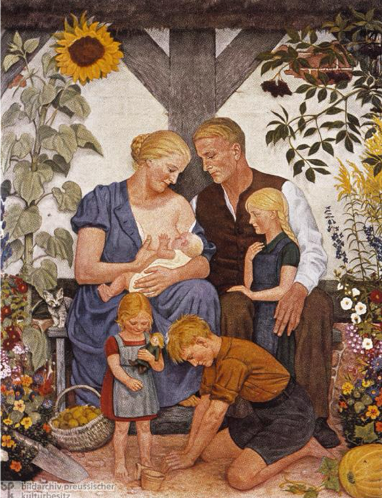
Explain the literal meaning:
family with white skin, blonde hair, and blue eyes
sitting in garden
plenty of food and flowers
little girl is holding a doll
older daughter looking lovingly at baby
son is working in the dirt
strong jawlines and rosy cheeks,
suggestions of rural living.
son's clothing resembles that of the Hitler Youth.
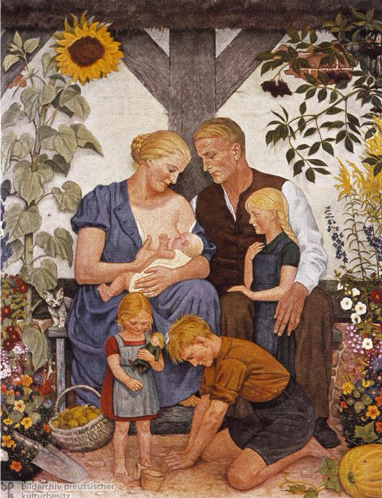
Explain the significance:
used as propaganda
encourage the idea of "purifying" German culture
promoting an ideal image of the "Aryan family"
desirable genetics
healthy connection to the land
reinforces traditional gender roles
daughters seemingly destined for motherhood
son as a worker, fitting Nazi ideology (planting seed as future of germany).
depiction of simpler, rural living (Nazi ideal)
propaganda aimed to promote the "fit" & the patriarchy
dehumanizing those considered "impure".
Imagery was weaponized to support Nazi racial ideologies.
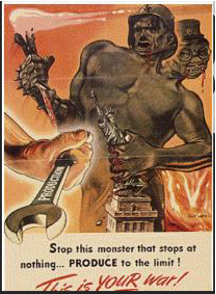
Context:
Literal Meaning:
Significance:
Context:
American propaganda during World War II.
~early 1940s
Literal Meaning:
two-headed giant (representing Hitler and another leader) tearing down the Statue of Liberty
. The monster= huge and unstoppable
Significance:
Destruction of lady liberty symbol of destruction of freedom and democratic values
unstoppable monster → urging everyone to resist, need to all work together
aimed to instill fear of the enemy, mobilize the American population (decision-makers, soldiers, civilians)
aim to unite against the Axis powers
dehumanizes the enemy, making it easier to accept the violence of war.
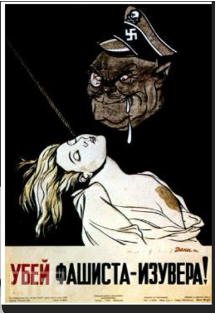
Context:
Literal Meaning:
Significance:
Context:
Soviet Union propaganda during World War II, after the Nazi invasion.
1941
Literal Meaning:
dark, feline-like creature (representing the Nazis)
creature drooling over blonde, pure, helpless woman who has been hanged.
creature emerges from the darkness above.
Significance:
helpless woman → This inverts Nazi racialism by portraying the supposed "Aryan" woman as a victim.
intended to evoke strong emotional responses (fear, outrage)
promote violence against Nazi invaders (depicting them as a fearful, supernatural force threatening vulnerable women)
dehumanizes the enemy, desensitizes people to violence by portraying them as monstrous.
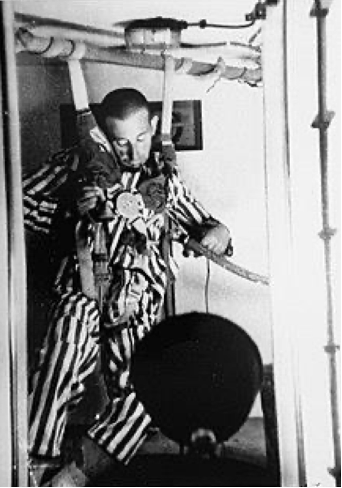
Context:
Who:
When:
Where:
Type of Source:
What was going on at the time:
Who:
photo at US Holocaust Memorial Museum
experiment conducted by Nazi doctors on prisoners in Dachau concentration camp.
When: 1942.
Where: Dachau concentration camp, Nazi Germany.
Type of Source: Photograph - historical record of Nazi war crimes.
What was going on at the time:
Nazi regime perpetrating systematic persecution and murder of various groups
conducting unethical, inhumane medical experiments on concentration camp prisoners
in the name of "scientific" research to benefit the "Aryan race”
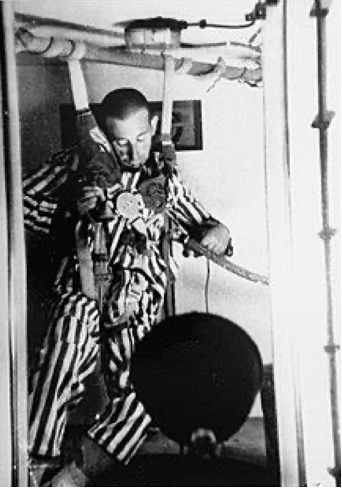
Explain the literal meaning:
male prisoner
concentration camp uniform
strapped into a medical testing apparatus
low-pressure simulation chamber.
prisoner appears unconscious.
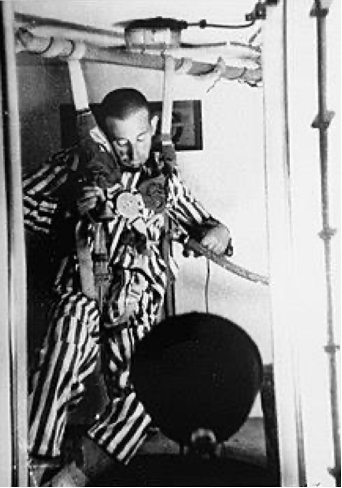
Explain the significance:
record of Nazi crimes against humanity
violation of all ethical standards of medical research
These "necessary" experiments, conducted on individuals deemed unworthy of life.
evidence of the dehumanization of prisoners who were treated as objects of experimentation.
knowledge gained from such experiments has led to significant ethical debates about whether it should be used, despite its unethical origins.
led to the development of modern research ethics, such as the Nuremberg Code
findings contributed to safety protocols for aviation regarding the effects of pressure on the human body.